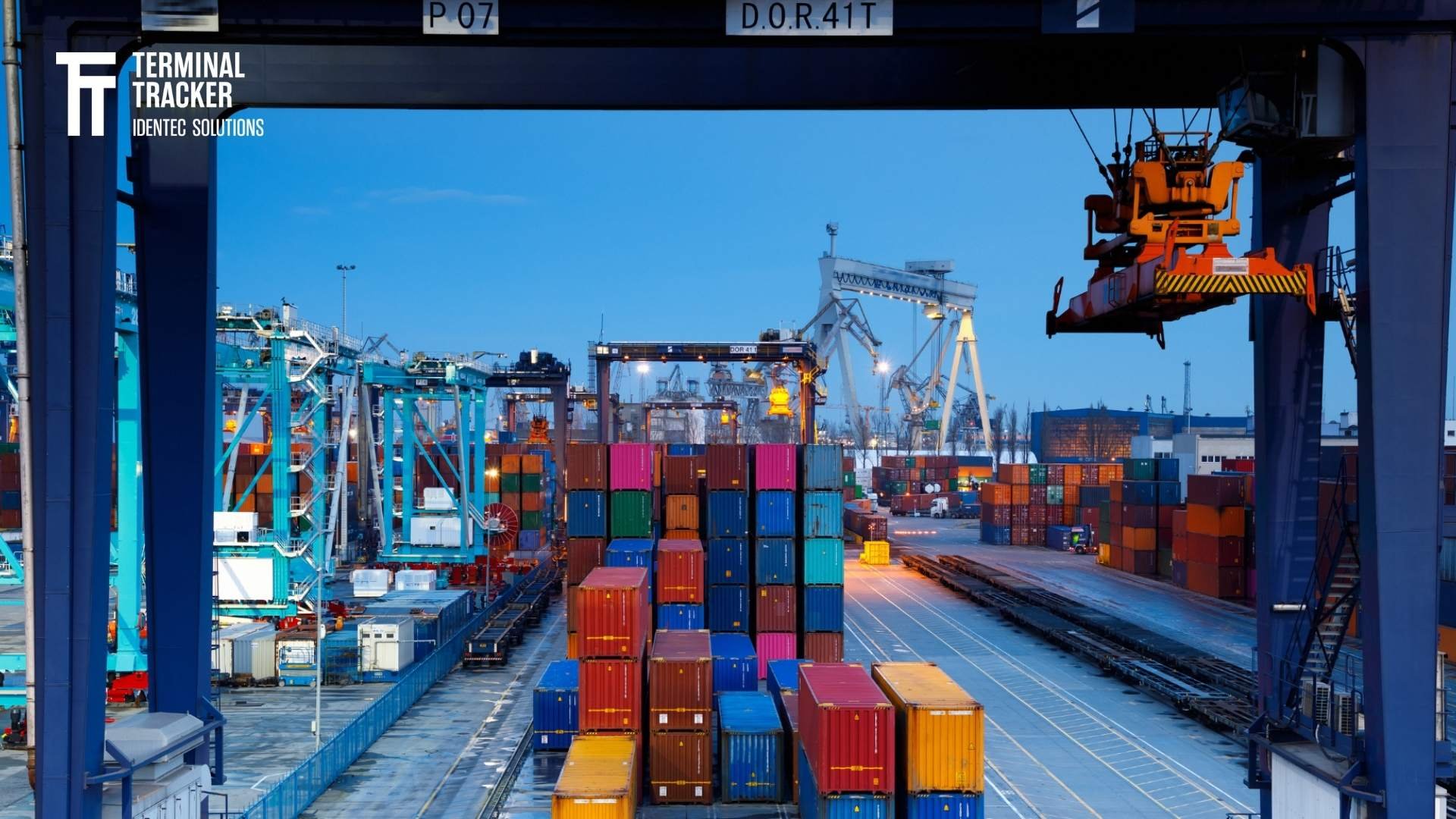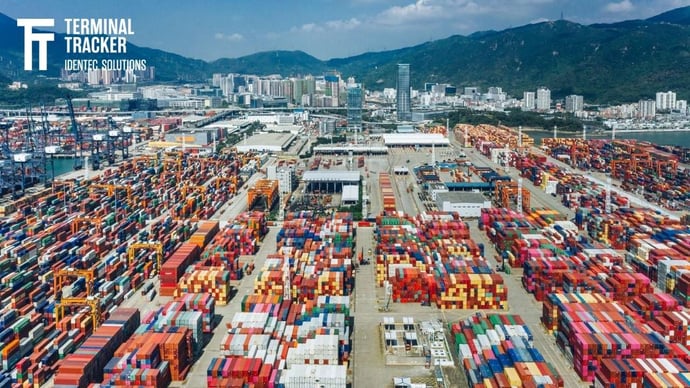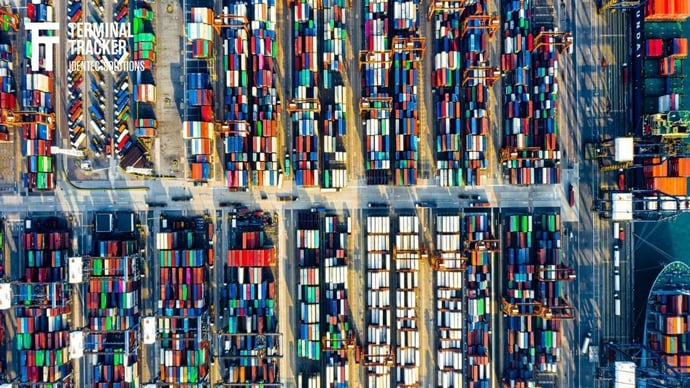Container Terminal planning: understand your core processes
| Written by Mark Buzinkay
Container terminal activities are tough to manage since the various services involved in the loading/unloading of vessels are interdependent.
We explain the core dependencies of container terminal planning and provide you with ideas to uncover some hidden optimization potential.

No video selected
Select a video type in the sidebar.
Managing dockers, tasks, cranes and incoming vessels isn't trivial. To do it efficiently is an art. But before you dive into redesigning your processes and shuffling your personnel, you need to understand the core aspects and interrelations of the container terminal.
Get our whitepaper "Container Terminal: Planning complex day-to-day processes"
The current market situation of dwindling margins and tightening delivery windows has increased complexity in container terminal planning & scheduling processes. Therefore, the efficient use of resources is a top priority. An advanced planning & scheduling solution holds a substantial cost savings potential for planning departments while also boosting delivery reliability and flexibility.
Eventually, this supports a healthier bottom line and improves competitive advantage. As container terminal activities are integral parts of the supply chain, they must perform. This is a daily challenge, both in terms of economics and in terms of planning. Performance is closely measured to minimise turnaround times and vessel delays.
Container terminal activities are tough to manage since the various services involved in the loading/unloading of vessels are interdependent. For example, unmooring can only be started when all other services are finished; ships can't share the same parts of a berth, and some container types (e.g., hazardous types) cannot be stored close to other container types.
If we look at a container terminal as a system of material flow, it can be split up into three sections or areas:
-
1. The gate and landside operations where containers are handled by trucks and trains.
-
2. The yardside where full and empty containers are stored temporarily.
-
3. The quayside is where containers are loaded and unloaded on and off vessels.
If you find this interesting, please continue reading our related whitepaper "Container Terminal: Planning complex day-to-day processes" and learn about the key components and planning areas like berth, vessel, workforce, equipment and yard.




